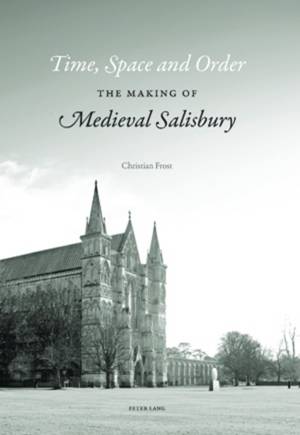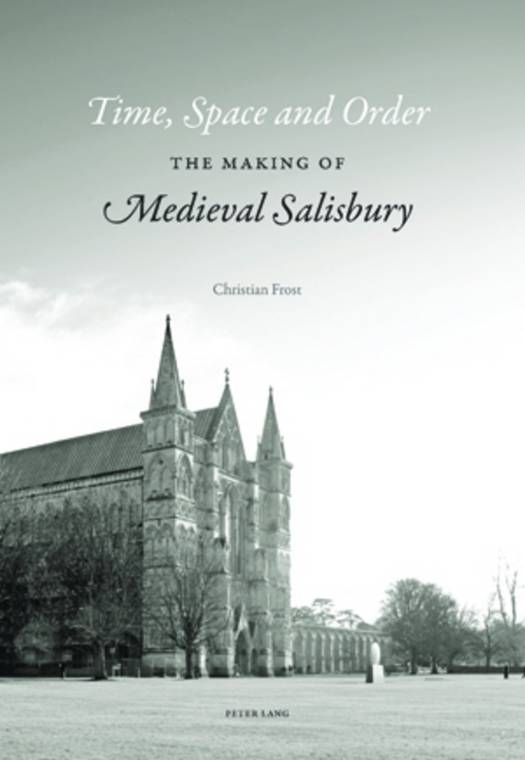
- Afhalen na 1 uur in een winkel met voorraad
- Gratis thuislevering in België vanaf € 30
- Ruim aanbod met 7 miljoen producten
- Afhalen na 1 uur in een winkel met voorraad
- Gratis thuislevering in België vanaf € 30
- Ruim aanbod met 7 miljoen producten
Zoeken
€ 82,95
+ 165 punten
Omschrijving
The city of Salisbury was built together with the cathedral in the early part of the thirteenth century, shortly after the Fourth Lateran Council in Rome and the signing of Magna Carta in England. This book describes how the bishop and his chapter took advantage of this extraordinary opportunity.
The author argues that the political turmoil which affected the development of Old Sarum was replaced at Salisbury by a sacramental vision superimposing ideas of movement and time over a static, partly geometric order. The most significant occasions used by the clergy to reveal this tension were the Rogation processions around Ascension Day which seem to have left an imprint on the layout of the city.
The study goes on to suggest that participation in the processions - inside the cathedral and the city - brought past, present and future together in one experience which linked normal time with the foundation of Salisbury as well as the hope associated with the Second Coming. This observation not only offers new insights into the concerns of urban Christianity in the first half of the thirteenth century but also points to an alternative way of looking at gothic architecture based around movement.
The author argues that the political turmoil which affected the development of Old Sarum was replaced at Salisbury by a sacramental vision superimposing ideas of movement and time over a static, partly geometric order. The most significant occasions used by the clergy to reveal this tension were the Rogation processions around Ascension Day which seem to have left an imprint on the layout of the city.
The study goes on to suggest that participation in the processions - inside the cathedral and the city - brought past, present and future together in one experience which linked normal time with the foundation of Salisbury as well as the hope associated with the Second Coming. This observation not only offers new insights into the concerns of urban Christianity in the first half of the thirteenth century but also points to an alternative way of looking at gothic architecture based around movement.
Specificaties
Betrokkenen
- Auteur(s):
- Uitgeverij:
Inhoud
- Aantal bladzijden:
- 280
- Taal:
- Engels
Eigenschappen
- Productcode (EAN):
- 9783039119431
- Verschijningsdatum:
- 5/11/2009
- Uitvoering:
- Paperback
- Formaat:
- Trade paperback (VS)
- Afmetingen:
- 168 mm x 239 mm
- Gewicht:
- 589 g

Alleen bij Standaard Boekhandel
+ 165 punten op je klantenkaart van Standaard Boekhandel
Beoordelingen
We publiceren alleen reviews die voldoen aan de voorwaarden voor reviews. Bekijk onze voorwaarden voor reviews.











